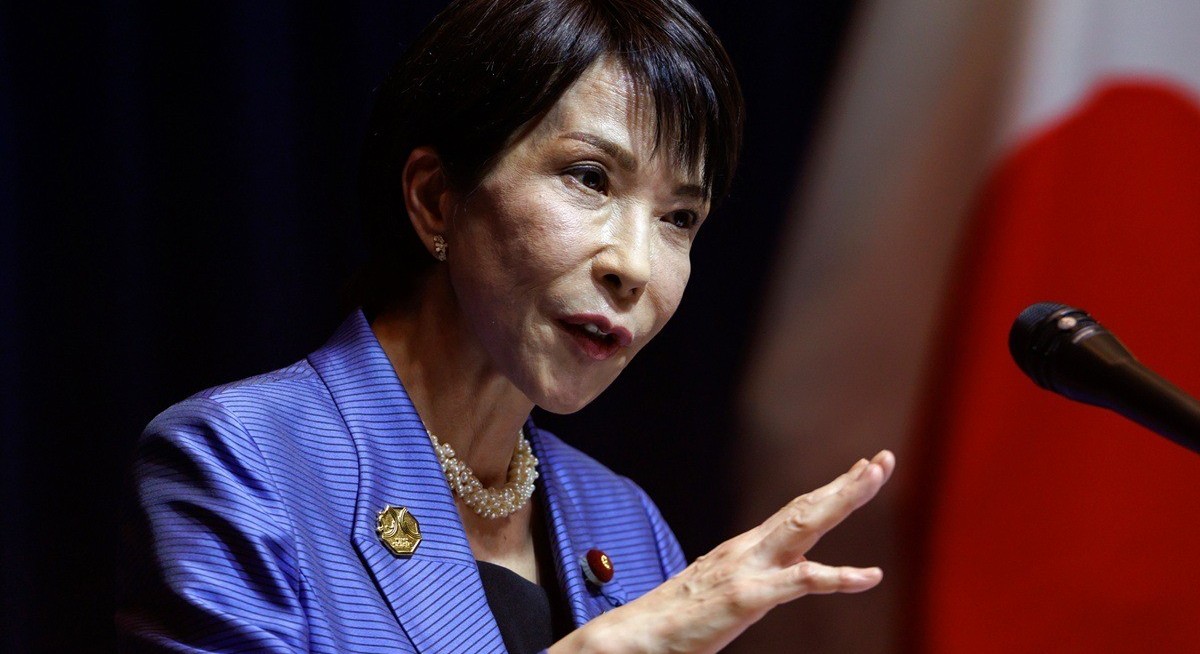(Nov 20): Japan’s pro-stimulus Prime Minister Sanae Takaichi is set to unveil the largest spending plan since the pandemic era, in a move that adds to her reputation for expansive fiscal policy while putting bond vigilantes on notice.
Her stimulus package will include JPY17.7 trillion ($146.5 billion) of spending through what will essentially be the extra budget, according to documents seen by Bloomberg Thursday. That marks a jump from the JPY13.9 trillion former prime minister Shigeru Ishiba unveiled last year. Given the larger size, additional bond issuance will also be bigger than last year, according to people with knowledge of the matter — putting more pressure on the country’s finances.
The total value of the package including some items that are already budgeted will be worth JPY21.3 trillion, the documents showed. Bloomberg has reached out to the Finance Ministry for comment but hasn’t been able to secure a response so far.
Together with private sector spending, the impact of the package overall is expected to balloon to around JPY42.8 trillion, as the government seeks to tackle a host of challenges — that includes combating the impact of inflation, spending on strategic areas and strengthening foreign policy and defence.
At the weekend, there were local media reports suggesting that the extra budget will be around JPY14 trillion, signalling there has been last minute negotiations to add to outlays. In recent days, fresh reports have emerged saying the Takaichi administration is planning additional cash handouts of JPY20,000 per child.
See also: Macron, who called Nato brain dead, warns end of G20 is nearing
“As a traditional economist, I’d say the size of the package raises concerns that it could overheat the economy,” said Kohei Okazaki, chief market economist at Nomura Securities. “But according to Takaichi’s close advisers, the economy should be running very hot in the first place. So according to their intentions, numbers like these aren’t surprising.”
Earlier in the week, data showed that the nation’s real gross domestic product shrank by 1.8% on an annualised basis in the three months through September, the first decline in six quarters, giving the Takaichi administration more reasons to spend.
While the overall cost of the measures is put at JPY21.3 trillion, lower than last year’s, some of the measures will be funded by previously allocated budget reserves. The extra budget gives a closer indication of how much actual fresh spending will occur.
See also: Orban is preparing for a crisis and investors are asking why
The increase in outlays is set to add to the largest debt burden among advanced economies. Japan’s general government debt is expected to be equivalent to 230% of its economy this year, according to the International Monetary Fund. With the BOJ having raised rates three times since March 2024, debt-servicing costs are expected to rise, putting further pressure on Japan’s finances.
Concerns about rising debt levels helped push yields on five- and 10-year government bonds to the highest levels since 2008 earlier Thursday, while longer-term yields continue to jump further. The yen weakened past 157 per dollar, its softest point since January, triggering verbal warnings from senior government officials.
Economists have questioned whether Japan needs spending on such a large scale, given the current state of the economy. While the country’s GDP contracted in the third quarter, both private consumption and corporate investment held up from the previous three months, suggesting somewhat solid domestic demand despite the hit from US tariffs.
“The current economic package is merely an early roll out of key measures,” said Nomura’s Okazaki. “The broader growth strategy covering 17 targeted sectors is still set to come, so this may not be the end of her spending spree.”
Uploaded by Magessan Varatharaja





